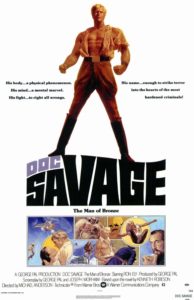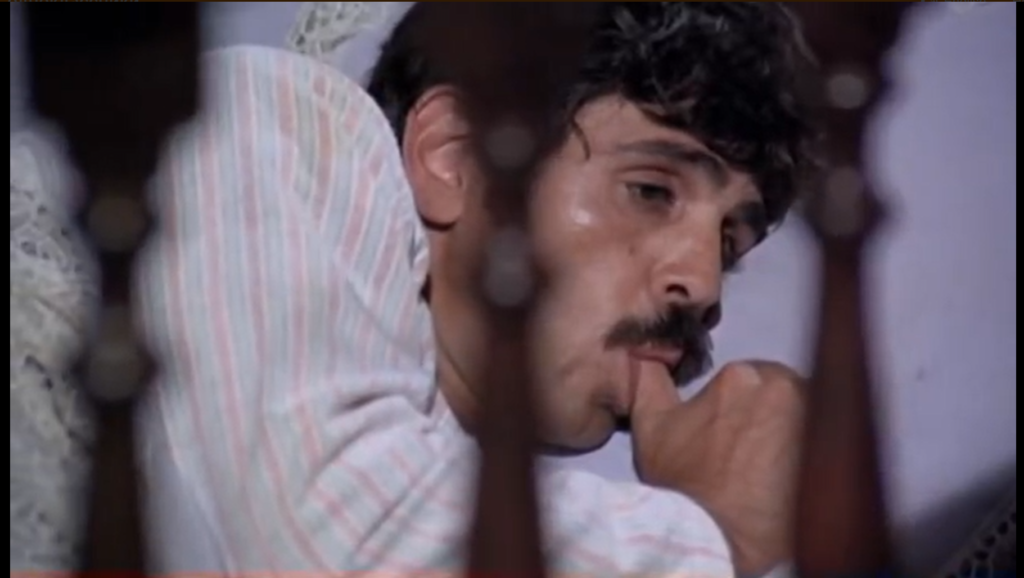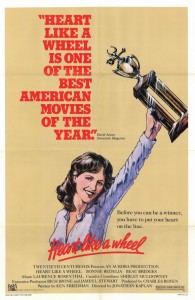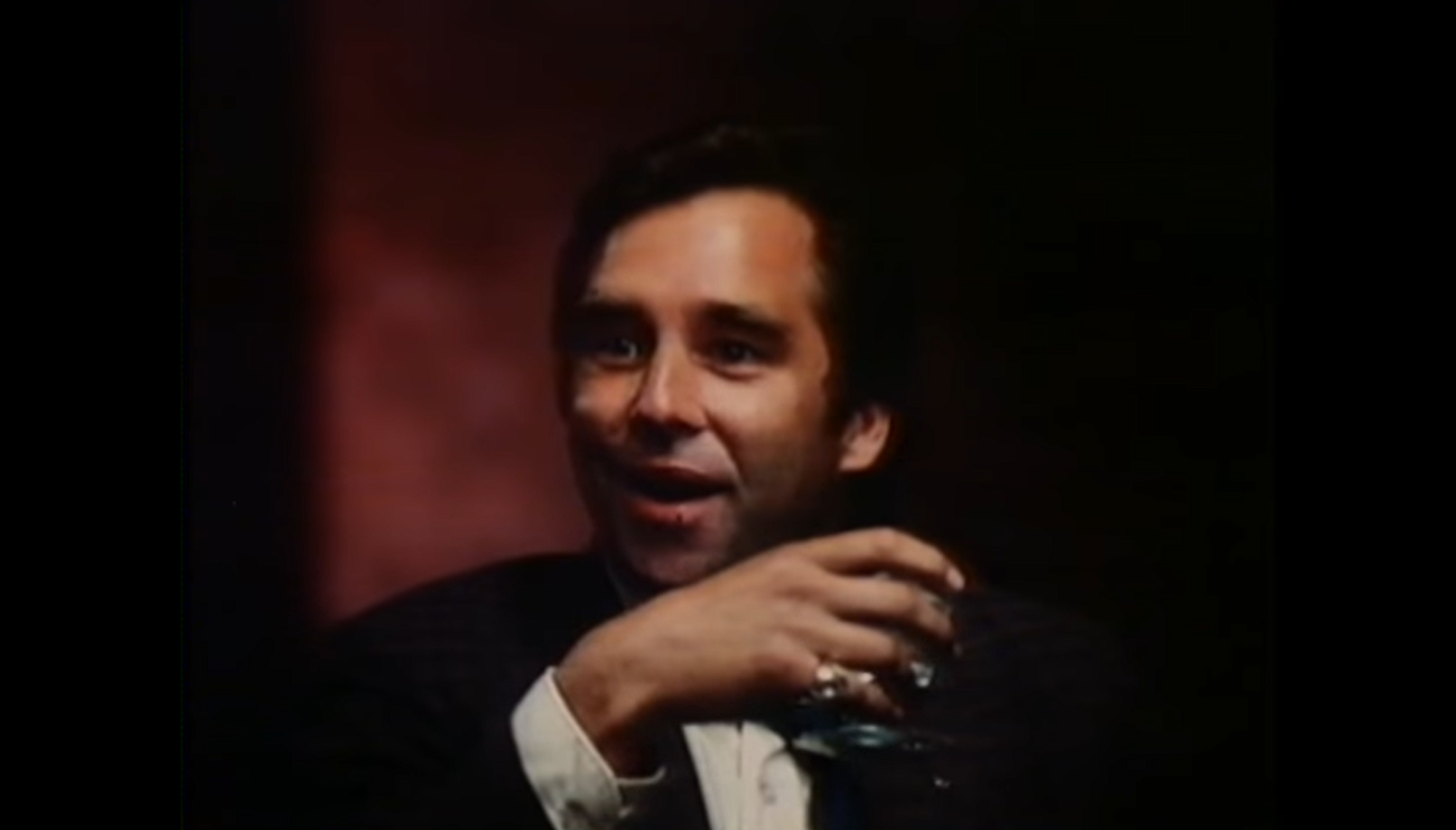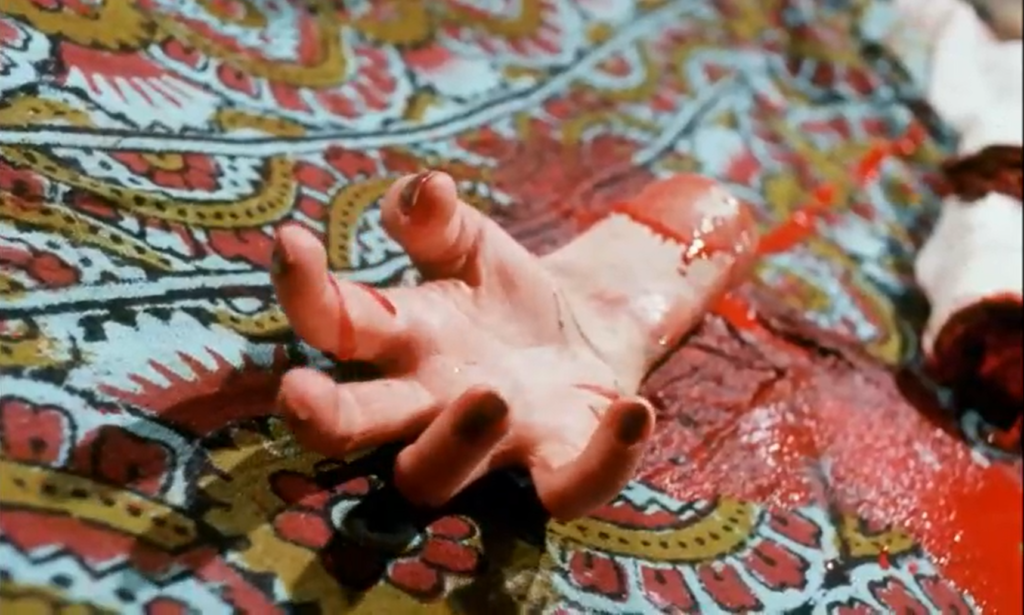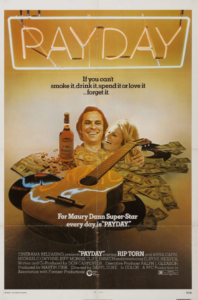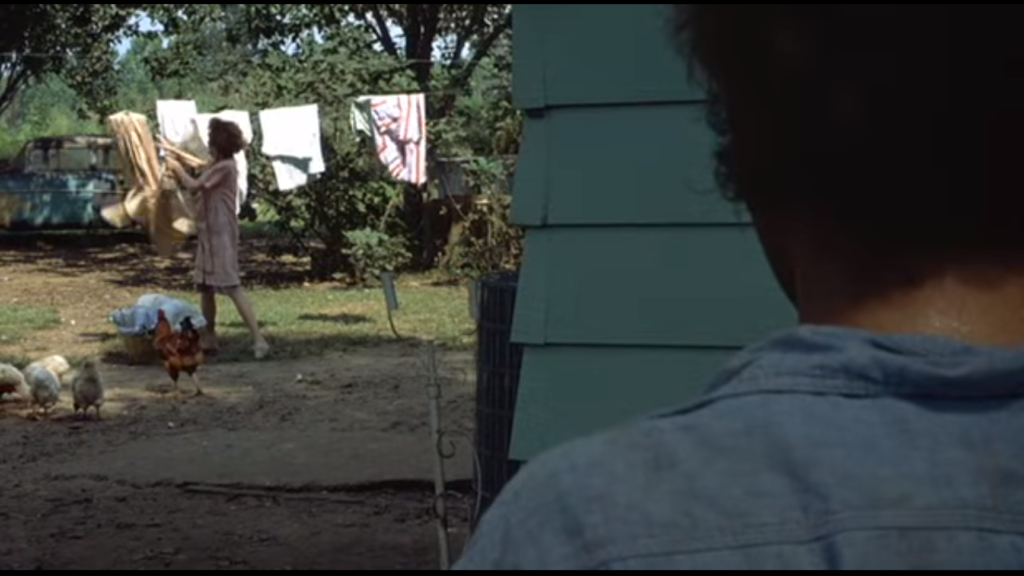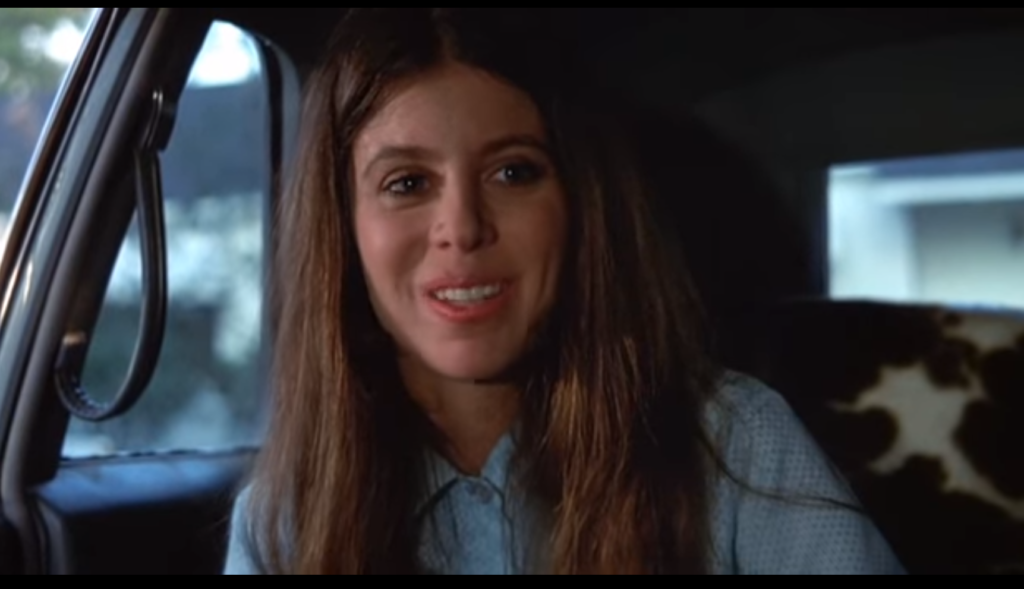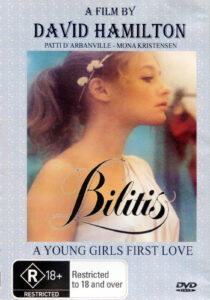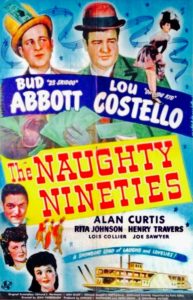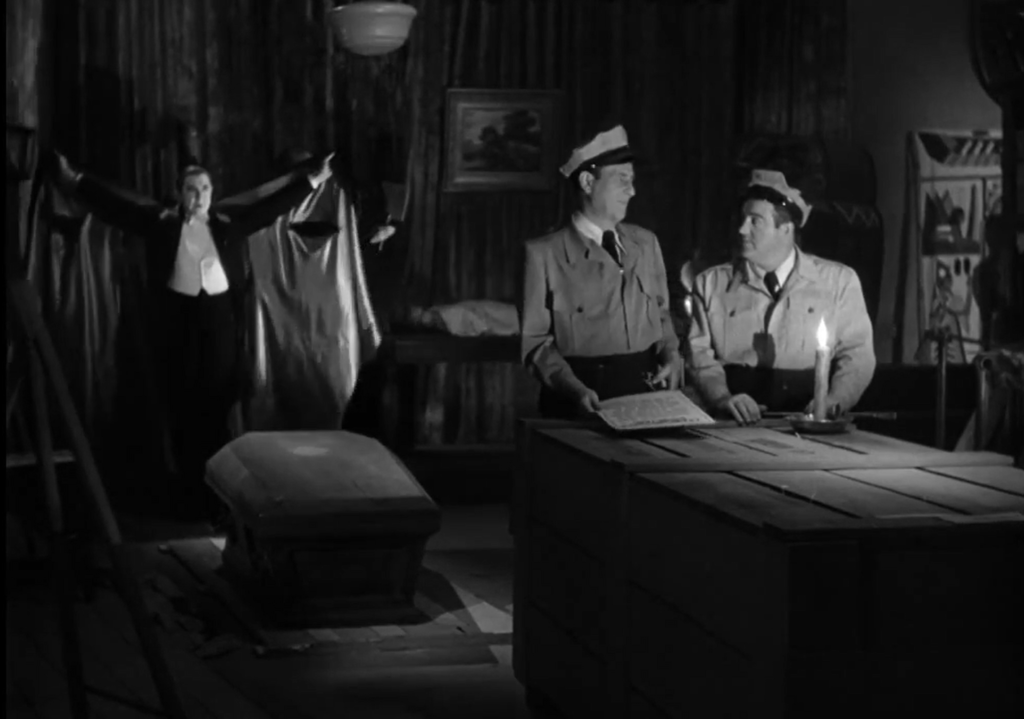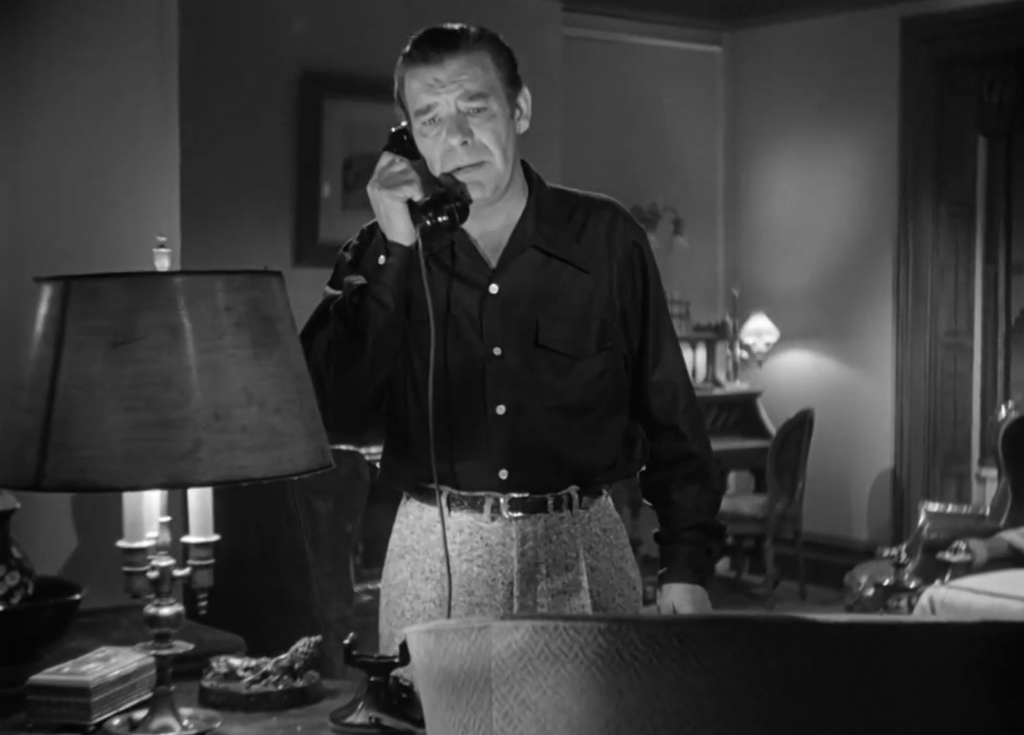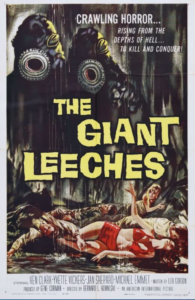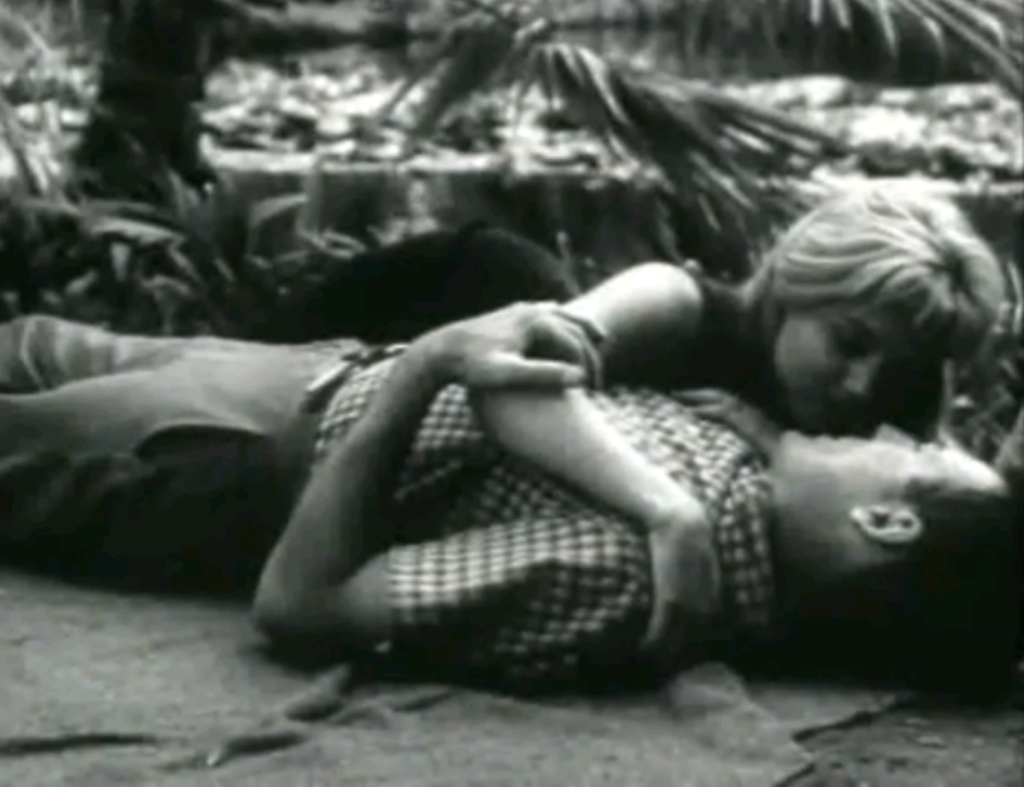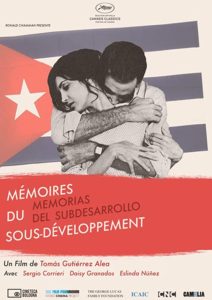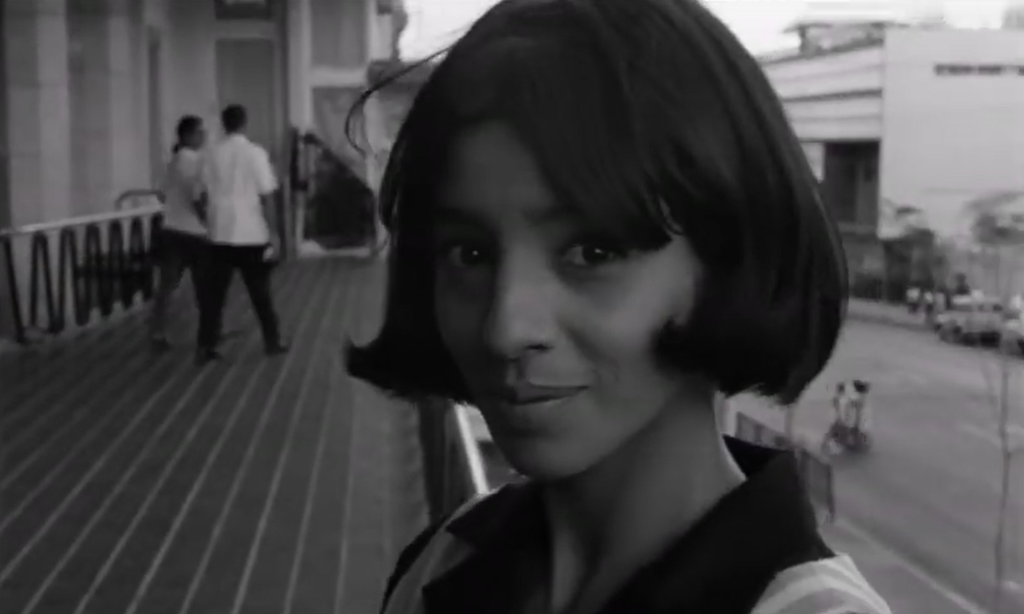|
Genres, Themes, Actors, and Directors:
- Abbott and Costello Films
- At Sea
- Comedy
Response to Peary’s Review:
As Peary notes, while Abbott and Costello’s first period piece “isn’t slickly made” it contains “several of their most famous routines” and remains an “excellent A&C sampler.” The storyline is innocuous but relatively enjoyable, and — most importantly — never interferes with the ongoing litany of gags. Unlike Peary, I didn’t find the scene in which Costello is “hanging over the side of the boat in order to spy on bad guys through their porthole” and ends up causing the “heavily lathered Joe Sawyer” to look into the porthole, “think it’s a mirror,” and “begin to shave off the lather” particularly funny.
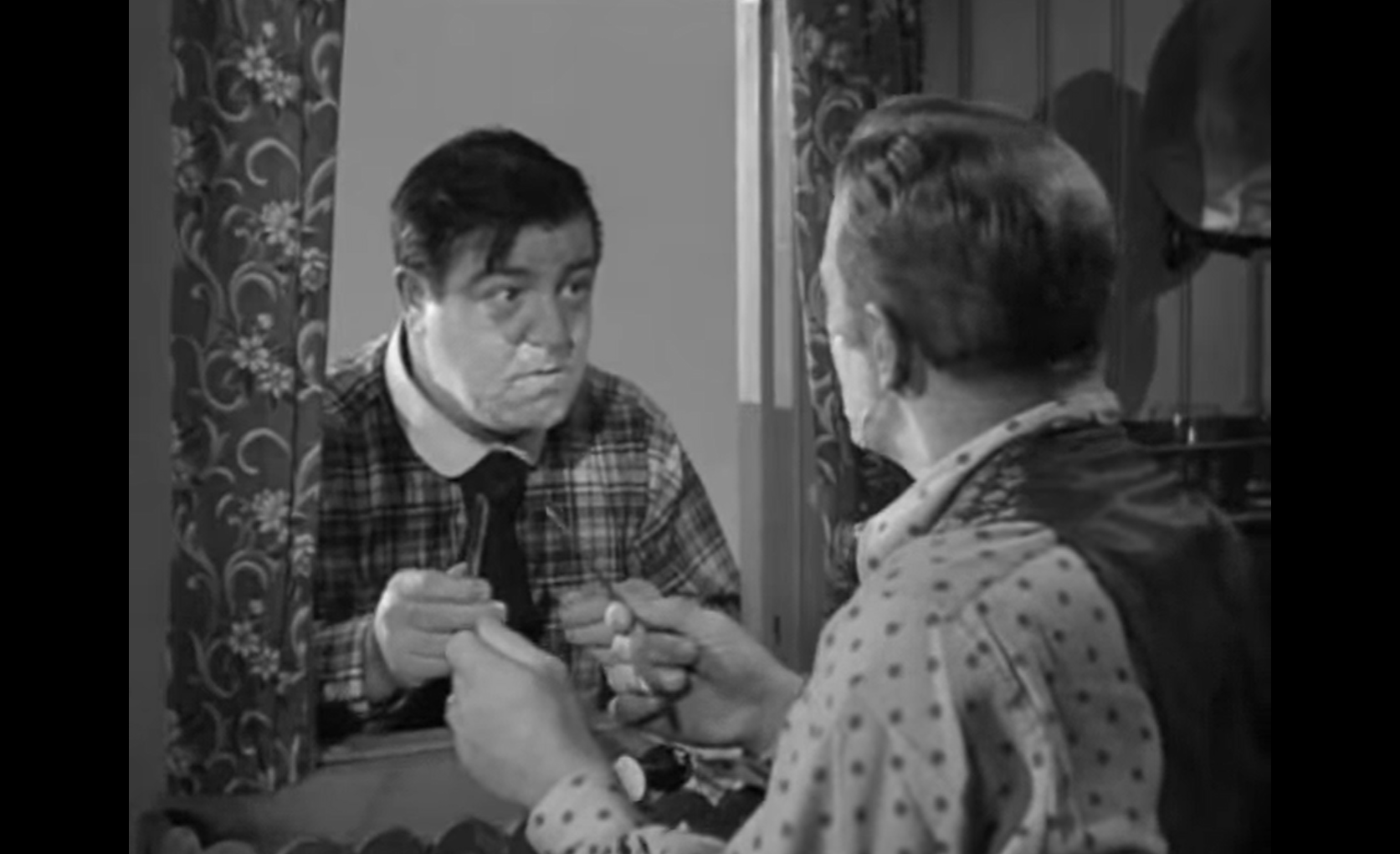
However, I was tickled pink by countless other hilarious moments, including Abbott and Costello performing their beloved “Who’s On First?” skit:

… Costello fearfully confronting a plateful of fried “cats”:
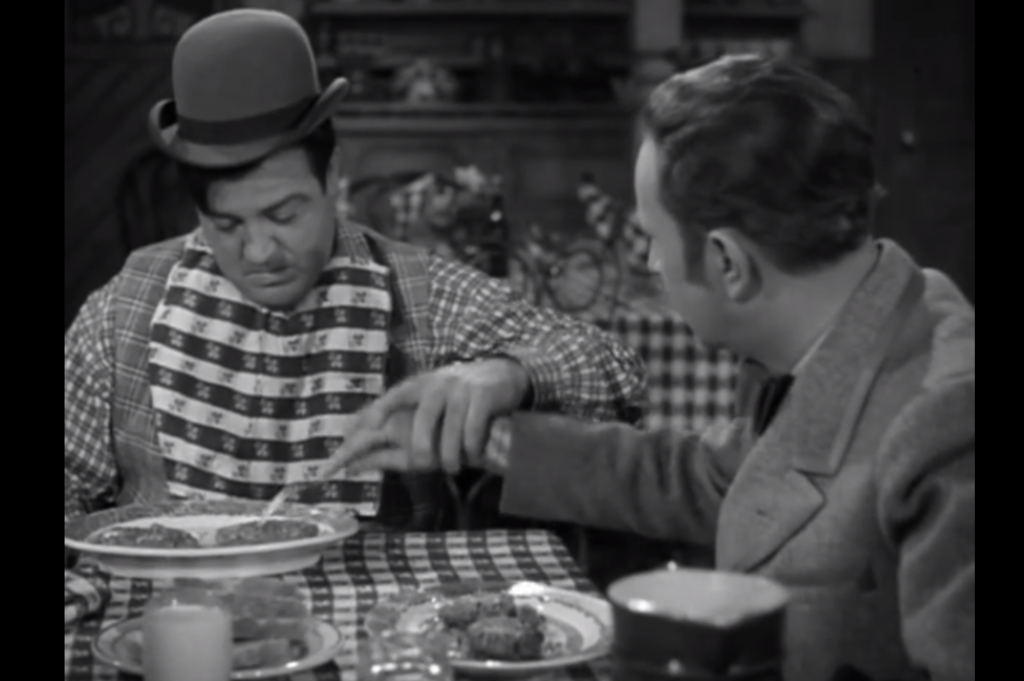
… Costello frosting a ramshackle cake:
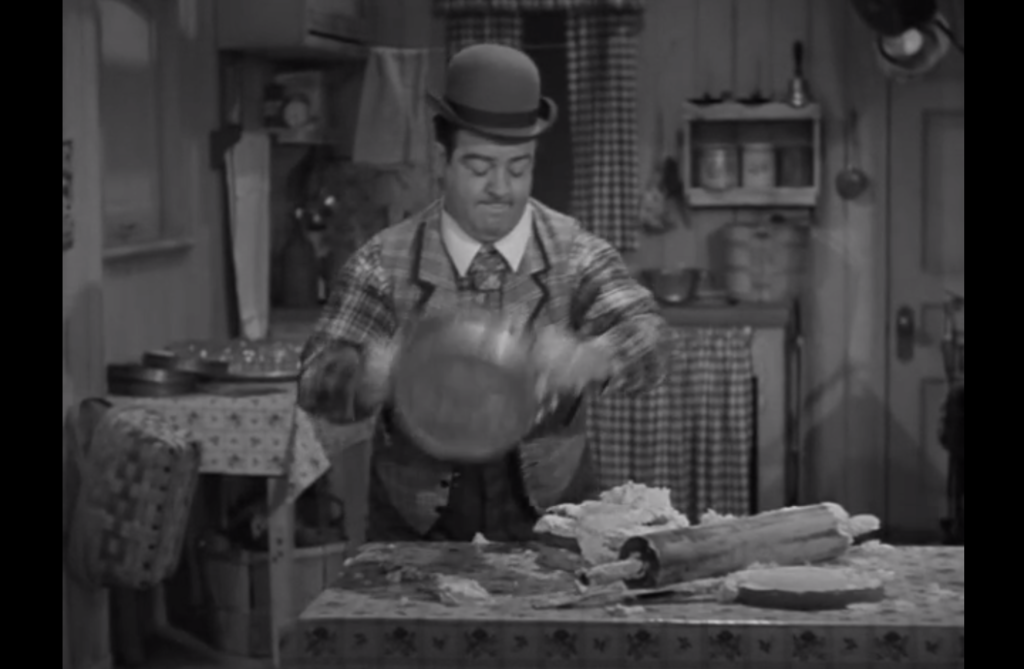
… and Costello shakily singing “My Bonnie Lies Over the Ocean” in time to Abbott’s stage directions:
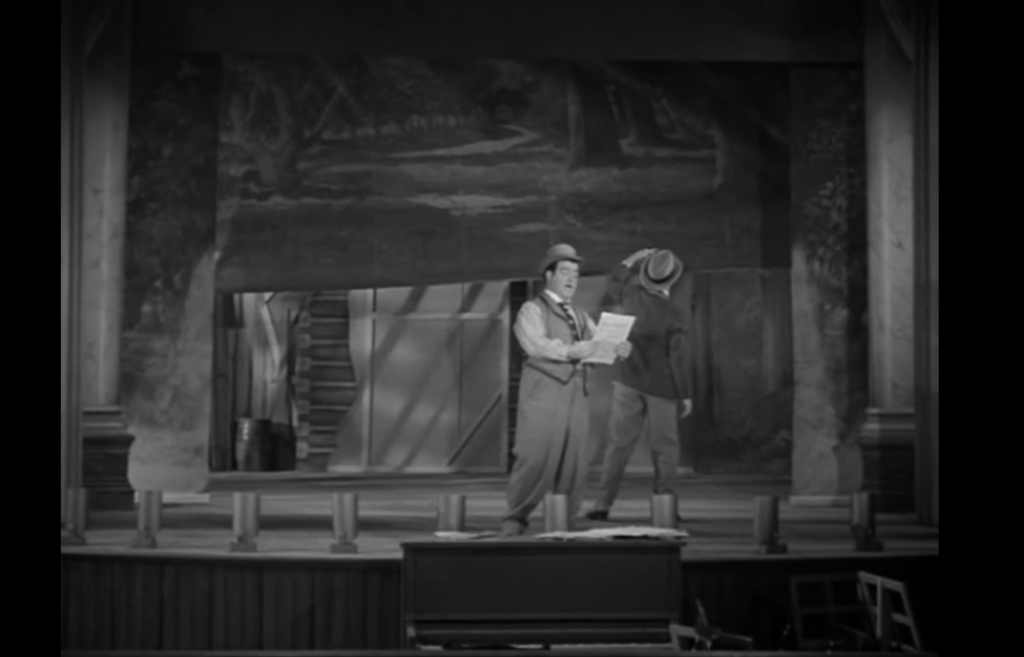
Redeeming Qualities:
- Many amusing skits
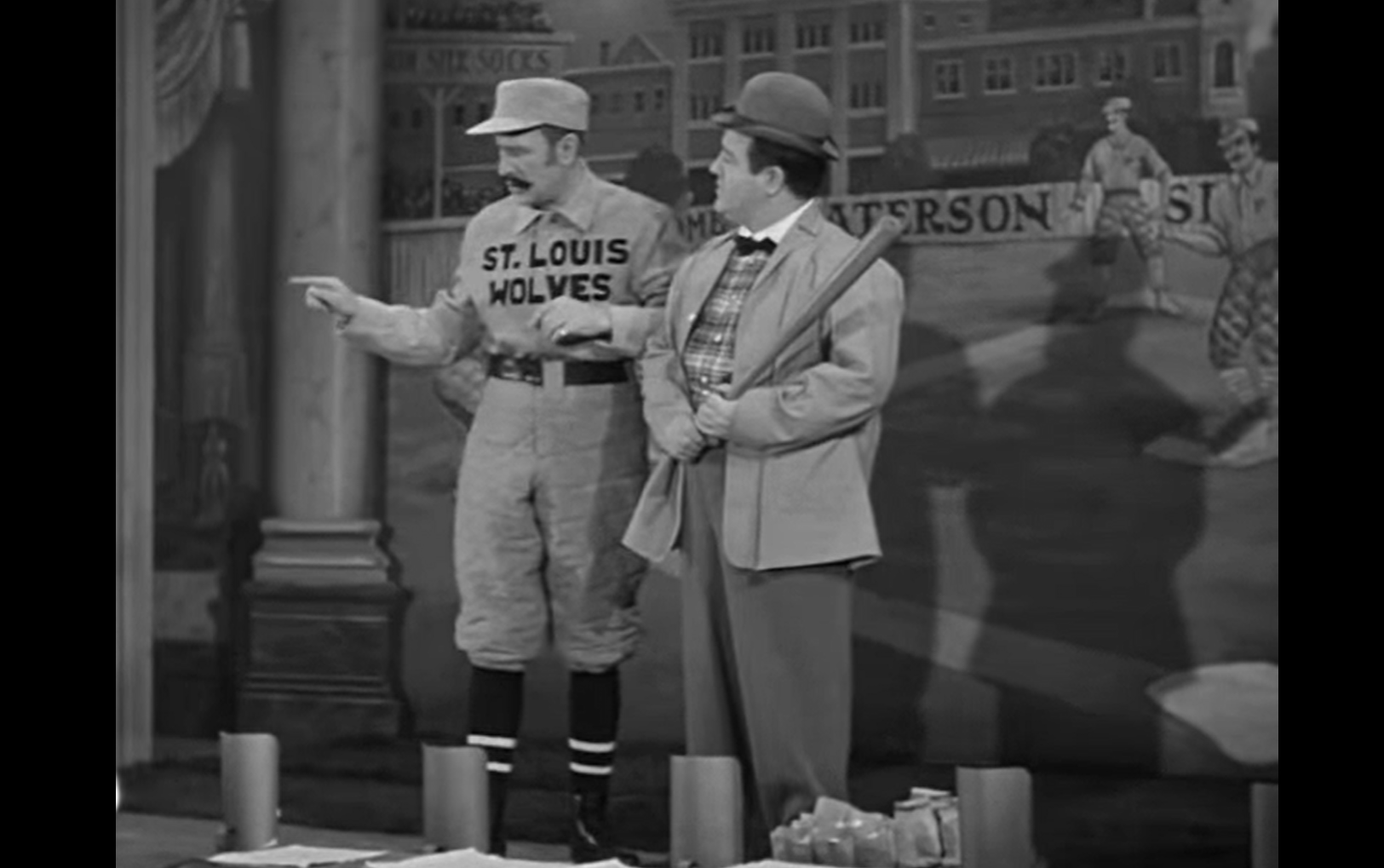
Must See?
Yes. While some reviewers disagree, I believe this film is a distillation of Abbott and Costello at their best.
Categories
Links:
|
